Last month, Interior Secretary Deb Haaland announced the addition of 16 new additions to the nearly 700 Underground Railroad Network to Freedom program’s historic sites. One of which is right here on St. John…
In 1998, The Underground Railroad Network to Freedom Program Act was passed by Congress in order to establish a program to catalog and document sites around the country with a viable connection to the Underground Railroad. The Underground Railroad may be seen as one of the first activities in our nation to bridge the divide of race, religion and state lines while bringing an underground group together in the name of Justice and Liberty.
The Network to Freedom program’s mission “is to honor, preserve and promote the history of resistance to enslavement through escape and flight, which continues to inspire people worldwide. Through its mission, the Network to Freedom helps to advance the idea that all human beings embrace the right to self-determination and freedom from oppression.”
Under this program, Leinster Bay on St. John, USVI was recognized as a historical site on this list of close to 700 places in the US, DC and USVI that represent bridges of inequality slowly begin to burn while laying the framework for bridges of freedom to be built.
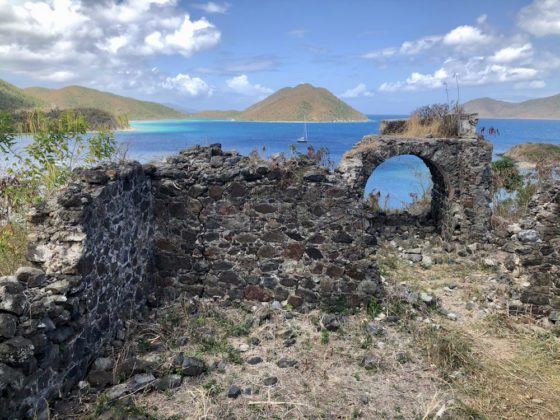
The Leinster Bay waterfront on St. John’s north shore is the site from which at least one hundred Freedom Seekers fled their oppressors on the then Danish Island; swimming across one mile of ocean to reach Freedom in the British Virgin Island of Tortola between 1834 and 1848.
In an effort to better understand the history of the Leinster Bay Estate, I dove in on Google and found a pretty incredible document prepared by the University of Copenhagen for the Virgin Islands National Park. The document was published in 2015 and is entitled, The Leinster Bay Estate: A historical and archaeologically survey about the estate, its enslaved people and their run for freedom.
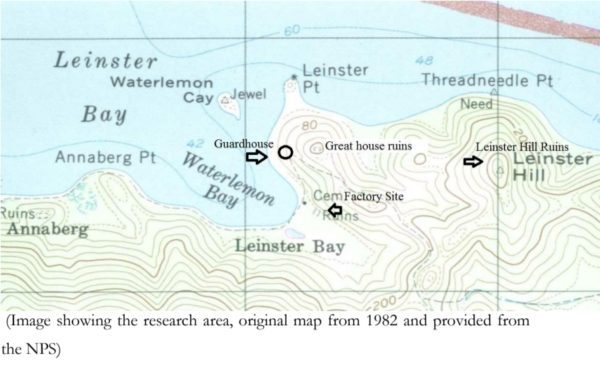
If you are into history and would enjoy becoming more aware of the dark past that goes overlooked on St. John, I would highly recommend reading the whole thing. But, I’ll include a bit of what I learned here…A cliff notes version as it pertains to the topic, if you will 🙂
The Leinster Bay Estate was built on St. John’s North Shore in the 1700’s and its close proximity to Tortola would come into play after the British Abolishment of Slavery in 1834. The Estate was one of the largest on St. John and, atone point, spanned 325 acres and at its peak, in 1805, “housed a total of 228 enslaved persons living on this estate, those consisted both of; young, adults, old, men and women.” This number made up nine per cent of the overall enslaved population of St. John at the time.
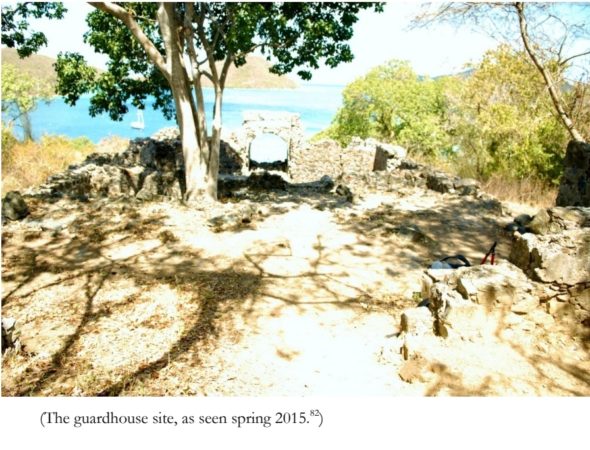
The photos included in this post picture the Leinster Bay guard house. This post was established for guards to enforce the protection of “property” (ie, the enslaved) from the neighboring island of Tortola. It is unclear as to when the guard house was actually established, but the first significant account of it comes from a visiting Reverend in 1843.
“At this post, a guard of sixteen men under the command of an Officer is stationed, for the purpose of protecting the property of the Planters from the danger which results from the nearness of the British Island of Tortola.” – Reverend Henry Morton, 1843
The “property threat” he mentions is in regards to the recent abolishment of slavery on Tortola. The study states that it seems plausible the guard house was established sometime around 1827. But, again, there is no concrete evidence to support this hypothesis.
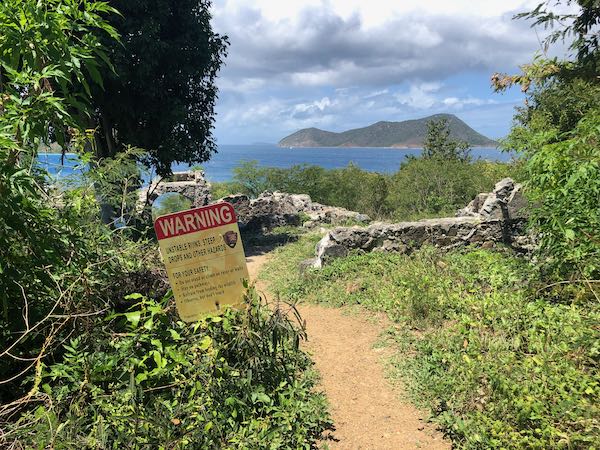
There are two documented escape events at the Leinster Bay Estate. On July 16, 1818, 47 enslaved individuals protested and ran away in an attempt to negotiate better living conditions and treatment. This marronage occurred out of the mistreatment of the freedom fighters by their overseer with hopes “to avoid excessive mistreatment during punishment, a bettering of their conditions and an attempt at creating awareness of their mistreatment.”
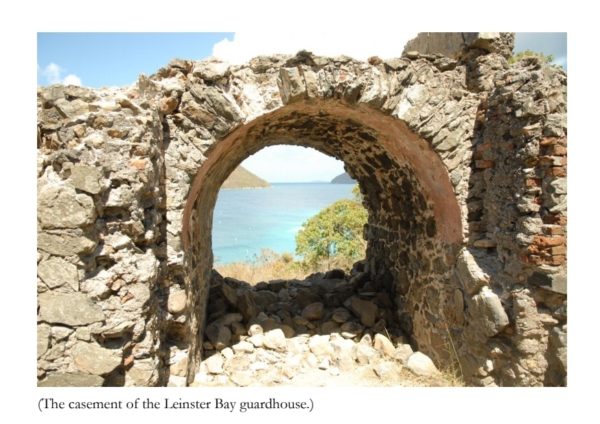
The enslaved were interrogated and returned to work after only 11 or the interviewees and participants were found guilty as “instigators.” The next documented attempt resulted in 11 slaves from various estates on St. John successfully escaping the clutches of slavery on St. John and an arrival of Freedom on Tortola via the Leinster Bay Estate. An ambassador was sent to Tortola to try to convince the newly freed women to return to St. John. That negotiation returned unsuccessfully.
The next time you are visiting St. John, read up on the historical significance of this “gateway to freedom” and take a little hike to see it for yourself! For a full guide to the hike, check out the post Jenn Manes put together last spring!

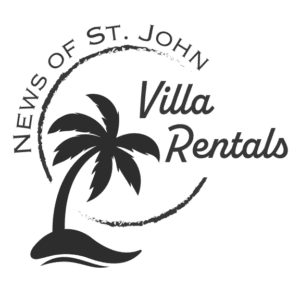
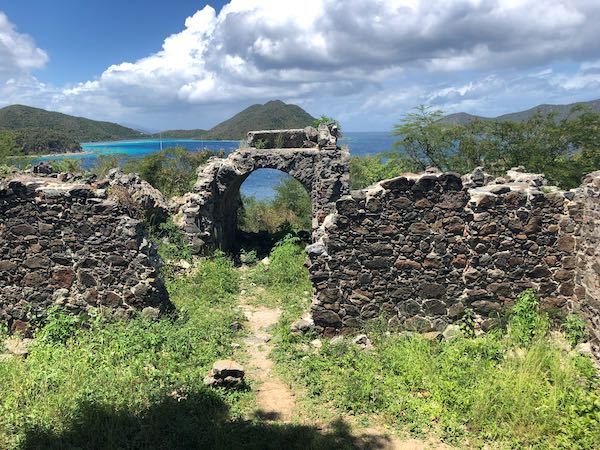
Thanks for sharing the history. I visited this spot a couple of years ago and never knew the interesting history behind it. My afternoon there means even more now.
Thank you for sharing this history. I visited this site 2 years ago and never knew the history behind it. My afternoon means so much more now.